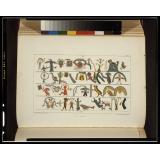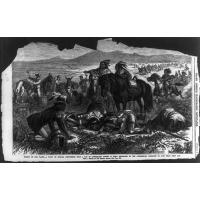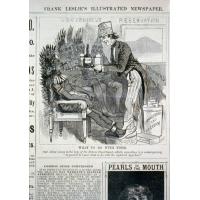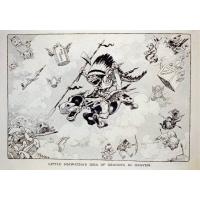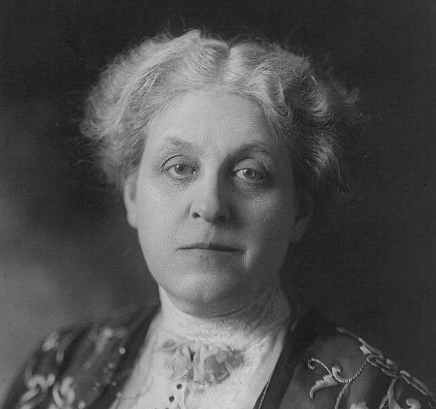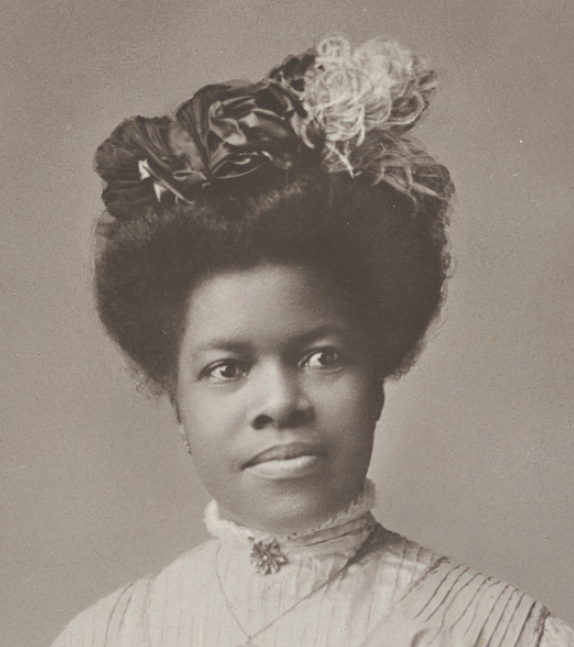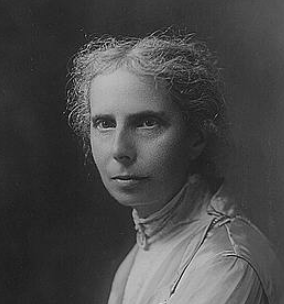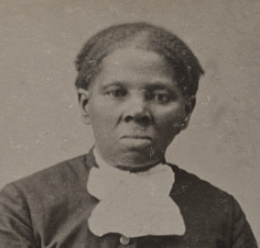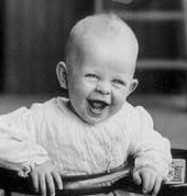Background. The Winona County Historical Society is planning an exhibits redo including a complete overhaul of the Native American Exhibit. The exhibits committee, of which I am a member, is meeting with consultants and reviewing historical documents pertaining to our county’s history. A collection of newspaper articles about “drunken Indians” published in the late 1800s and early 1900's caught my eye. Selected examples follow:
Winona Daily Republican April 30, 1862 Quite a little excitement was created on Second street yesterday by a party of drunken Indians. One of the number endeavored to kill his squaw by attacking her with a large stick of wood, but was prevented by one of our citizen', who gave the Indian a severe horse-whipping. The Indian drew a knife, but the crowd soon relieved him of that weapon before he could do any harm.
Liquor cases in U.S. Court. Winona Republican Herald, Jan. 19, 1907 The killing of an Indian Thursday evening by a Milwaukee and St. Paul rain also presumable to the Indian drinking too much firewater and being too befuddled to get off the track when the train came along.
It was interesting to learn that the U.S. government had a special court in Winona to Indians accused on intoxication: Not all drunken Indian cases tried in Winona were not of Indians from Winona., but northern Minnesota who were brought to Winona because there was no court in Northern Minnesota to handle the cases. . . . . . . The judge, in following the lines of the charge laid down by code notified the jurors that under the law the selling of liquor to the Indians was prohibited as Indians were include to become pretty bad Red Men when under the influence of the stuff.
These newspaper articles are from a different era, the “drunken Indian “ stereotype that still lingers today.
The Library of Congresses images in the album are examples this stereotypical thinking.
6 - 8 9 - 12 Social Studies/History Indians of North America Stereotypes
Replies displayed by creation date
 Mary Alice Anderson
Stereotypes abound in all cultures. Only by really getting to know other cultures can we gain a better understanding. Sadly even today people of all races and economic standing suffer from addictions to alcohol and drugs.
Mary Alice Anderson
Stereotypes abound in all cultures. Only by really getting to know other cultures can we gain a better understanding. Sadly even today people of all races and economic standing suffer from addictions to alcohol and drugs.
People often self medicate when they are dealing with trauma. As a society we need to look at the need for improved mental health. Many of our veterans are dealing with mental health issues, living on the streets and self medicating themselves. A high percentage of Native Americans are also veterans.
Mary Alice, thank you for sharing this perspective. I never knew that some places had separate courtsfor Indians accused of intoxication.
Much of what  Mary Alice Anderson
has written about this particular stereotype of "the drunken Indian" reminds me of the tenets of culturally relevant pedagogy. For example, from a page on a website called Inclusion Canada, I read the following:
Mary Alice Anderson
has written about this particular stereotype of "the drunken Indian" reminds me of the tenets of culturally relevant pedagogy. For example, from a page on a website called Inclusion Canada, I read the following:
Educators and educational leaders who carefully examine their own culture and viewpoints should be mindful of stereotypes, prejudices and deficit thinking to avoid perpetuating oppression. For instance, many indigenous students and minority students are negatively affected when schools insert white mainstream culture into education instead of inserting education into culture (Peweewardy, 1993 as cited in Ladson-Billings, 1995).
I am curious how members of the TPS Teachers Network might use the articles from this album to help students discover for themselves the connections to Culturally Relevant Pedagogy, or CRP.
As Ruth Ferris mentioned, stereotypes exist about cultures. These articles and cartoons could be part of bigger discussion about the many types of unfortunate stereotypes or as part of study about media bias or language used in news stories? How might these situations be reported today?
In New York City classrooms we have so many different cultures represented that we have to constantly remind ourselves of the opportunities to expand our understandings. Those opportunities continue to abound (as dictated by news events) but this album affords a teachable moment through the lens of history. One could also turn to television and its portrayal of Native Americans in westerns. I look forward to hearing of the changes in the exhibit and your role in shaping new perceptions of old portrayals. Thank you,  Mary Alice Anderson
for the resources to have such an important discussion.
Mary Alice Anderson
for the resources to have such an important discussion.
Does anyone know how many languages are spoken in NY classrooms? I don't remember the exact number, but in our rural county of around 50,000 people there are at least 40 languages spoken I went to a program the other night sponsored by a group that does tremendous work to help immigrants. There were 4 speakers and 2 interpreters. (Hmong and Spanish)
Art by Karen Savage-Blue, an Anishinaabe artist and member of the Fond du Lac Band of Ojibwe in Northern Minnesota is on display at the Minnesota Marine Art Museum. Zorro Meets Dirty depicts her own view of the often tragic lives on Native Americans. The artist explains the art in the second image below.


Testimonials
- I love that there is new info on the site daily!
- I had a wonderful time working with the Library of Congress and learning about all of the resources at my fingertips!
- The TPS Teachers Network has an equal exchange of ideas. You know it's not a place where you're being judged.
- My colleagues post incredibly fine resources and ideas....the caliber of the suggestions and resources make me feel that I take a lot from it. It's a takeaway. And I hope that I can give back as much as I get.
- Going into this school year, I have a fantastic new resource for my own instruction and to share with my colleagues!
- I am very glad that I discovered the TPS Teachers Network through RQI. Great resources can be hard to find out there on the internet!

